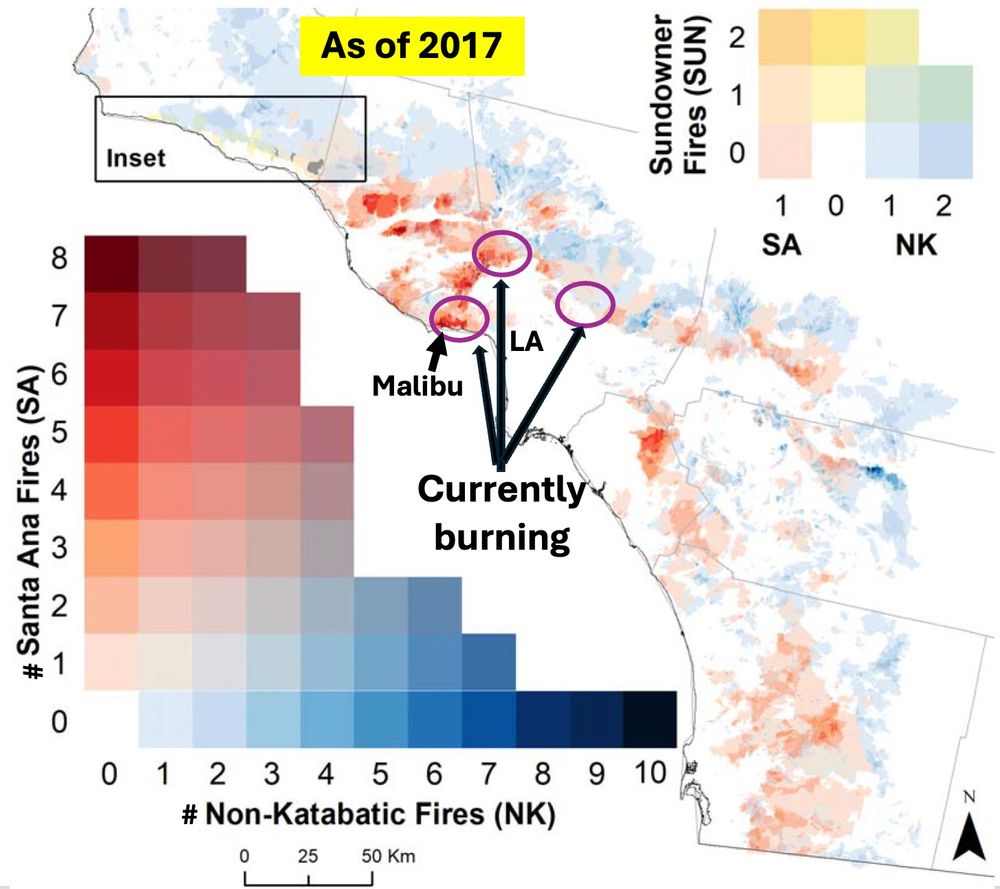
Researcher in forest/landscape/historical/global change ecology @UQAC & @CEF_CFR. Past and future long-term forest changes, their causes and consequences…


bsapubs.onlinelibrary.wiley.com/doi/10.1002/...
🧪🌍🔥🌿🌳🔥🪴 @botsocamerica.bsky.social



Reposted by Jens‐Christian Svenning, Ana S. L. Rodrigues, Ben Bond‐Lamberty , and 12 more Jens‐Christian Svenning, Ana S. L. Rodrigues, Ben Bond‐Lamberty, Jonathan Lenoir, Mathias Disney, Neil Pederson, Andrea Santangeli, Antonio J. Pérez‐Luque, Martin Ehbrecht, Evan C. Fricke, Daniel Zuleta, Victor Danneyrolles, Roozbeh Valavi, Samuele Ramellini, Hansraj Gautam

The Global Canopy Atlas: analysis-ready maps of 3D structure for the world's woody ecosystems
📜: doi.org/10.1101/2025...
Huge team effort led by the brilliant Fabian Fischer!




🔗 doi.org/10.1016/j.fo...

atmosphere.copernicus.eu/charts/packa...
Reposted by Victor Danneyrolles
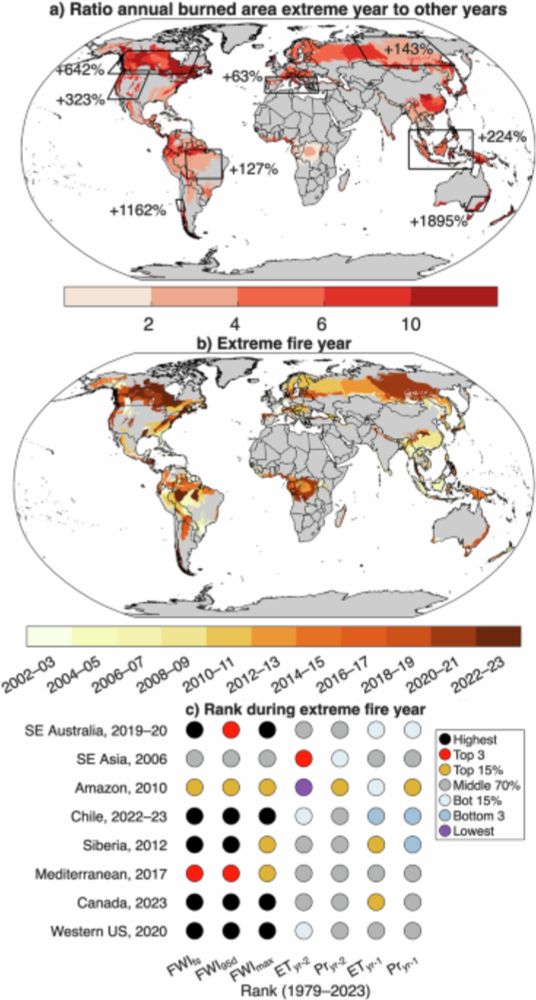
Reposted by Victor Danneyrolles



Reposted by Victor Danneyrolles


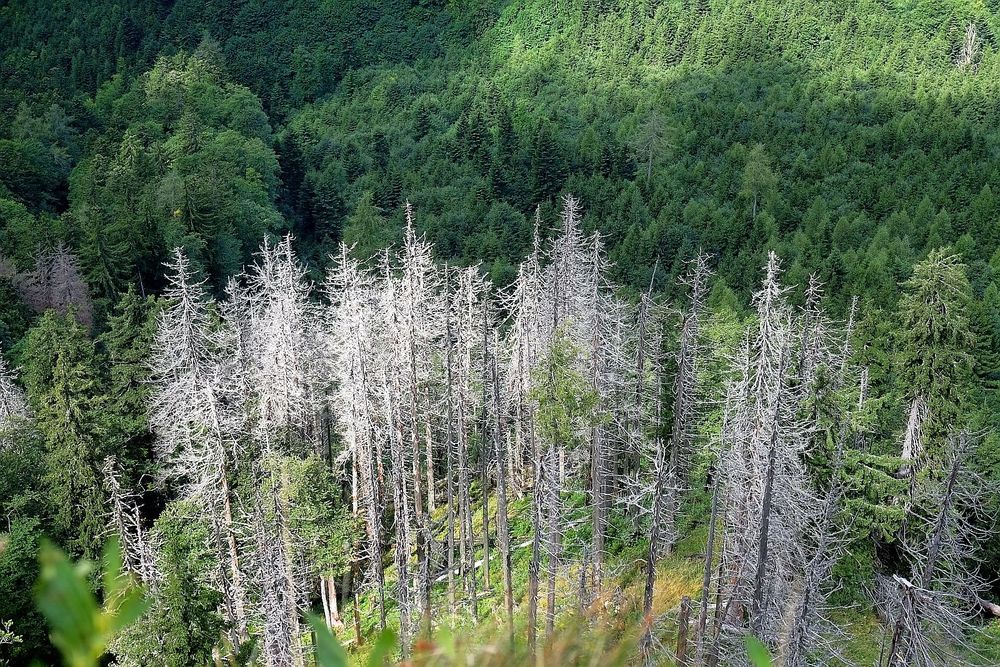
Reposted by Victor Danneyrolles
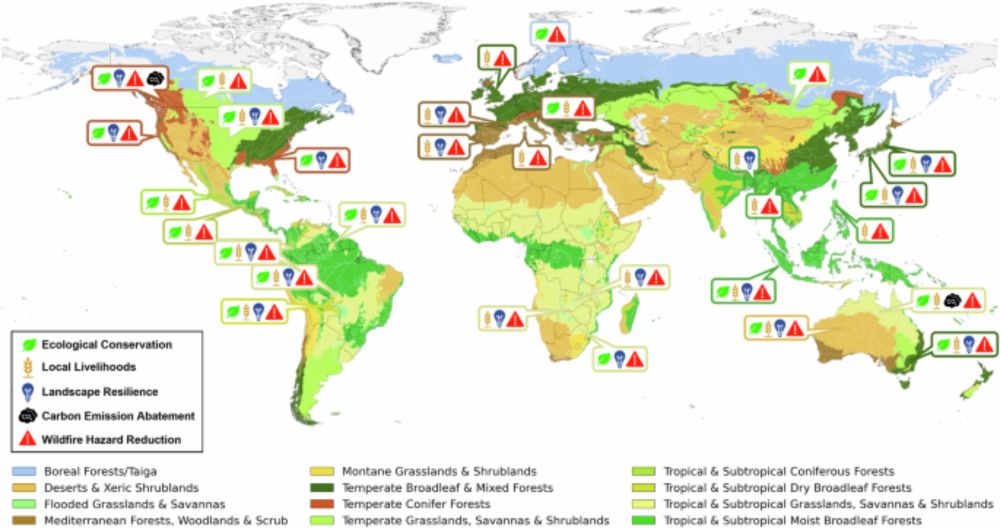
Reposted by Victor Danneyrolles

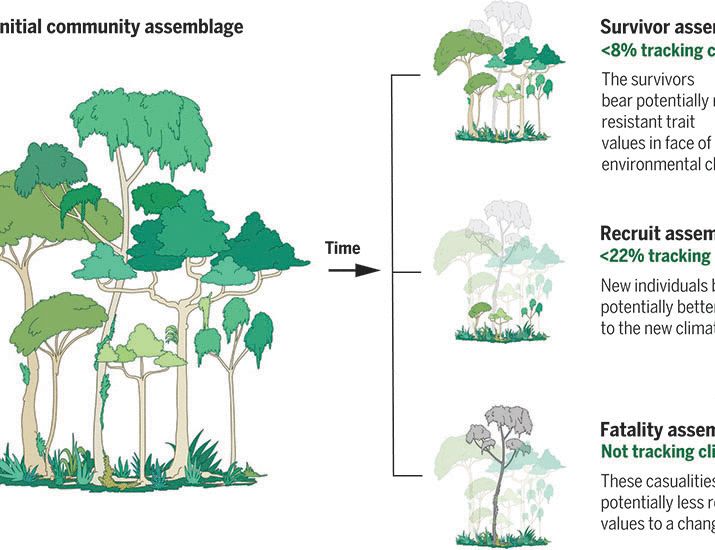
www.science.org/doi/10.1126/...
@oxfordgeography.bsky.social
@naturerecovery.bsky.social
@forestplots.bsky.social
Reposted by Victor Danneyrolles
👉🏼 Forestry Officer (Integrated Fire Management) in Santiago, Chile jobs.fao.org/careersectio...
👉🏼 Forestry Officer (Integrated Fire Management) in Bangkok, Thailand jobs.fao.org/careersectio...
👇🏼🧵
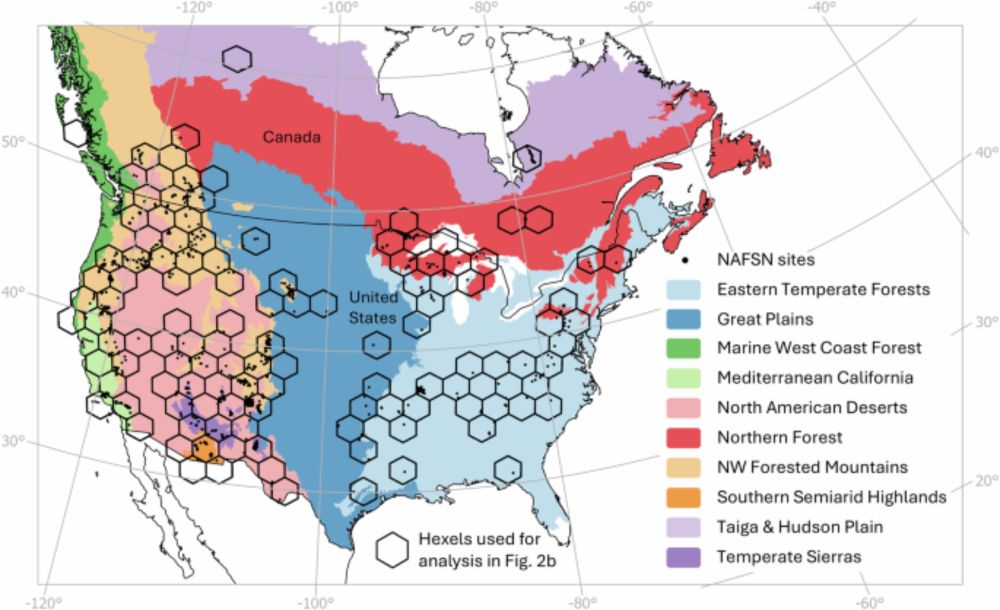
Please see our new paper in Nature Communications!
We used 1,851 tree-ring fire-scar sites and contemporary fire perimeters to quantify the prevalence of wildfire from 1600-1880 compared to 1984-2022. 🧪🌍🔥
Our key findings are as follows ...
Reposted by Victor Danneyrolles
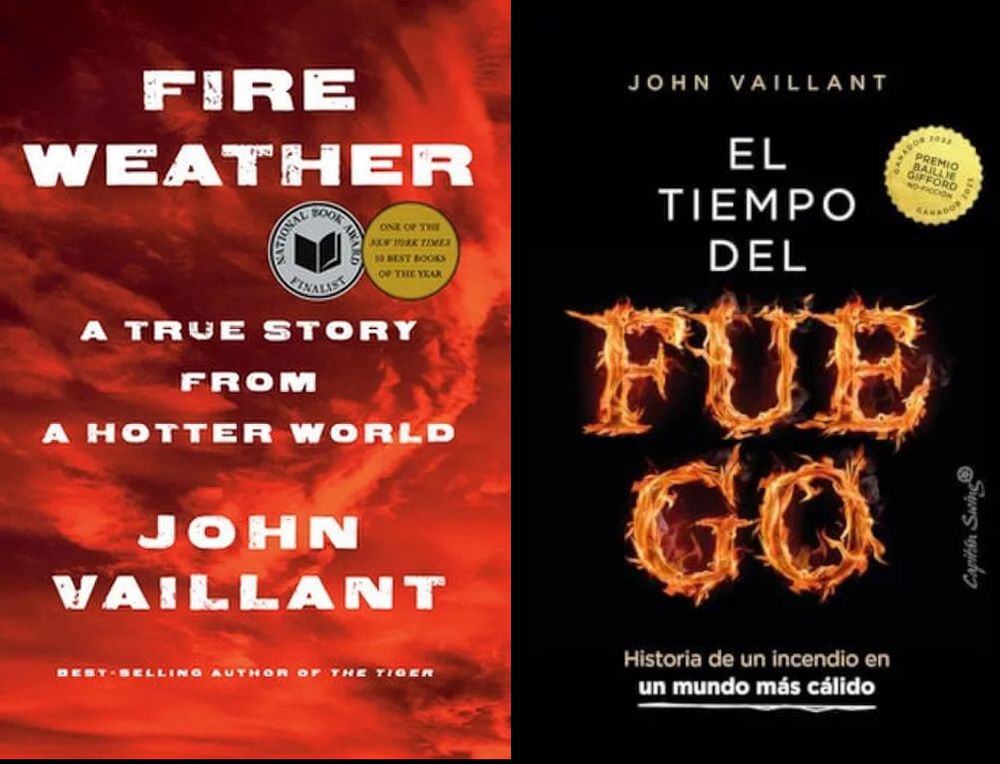
A review of the book Fire Weather @johnvaillant.bsky.social
It focuses on the 2016 Fort McMurray fire (Alberta) to understand firestorms across the world
doi.org/10.1093/bios...
jgpausas.blogs.uv.es/2025/02/08/f...
En español: El Tiempo del Fuego, ed @capitanswing.bsky.social
Reposted by Mike Flannigan, Victor Danneyrolles

Details here:
www.zintellect.com/Opportunity/...
Reposted by Amy Bruckman, Victor Danneyrolles
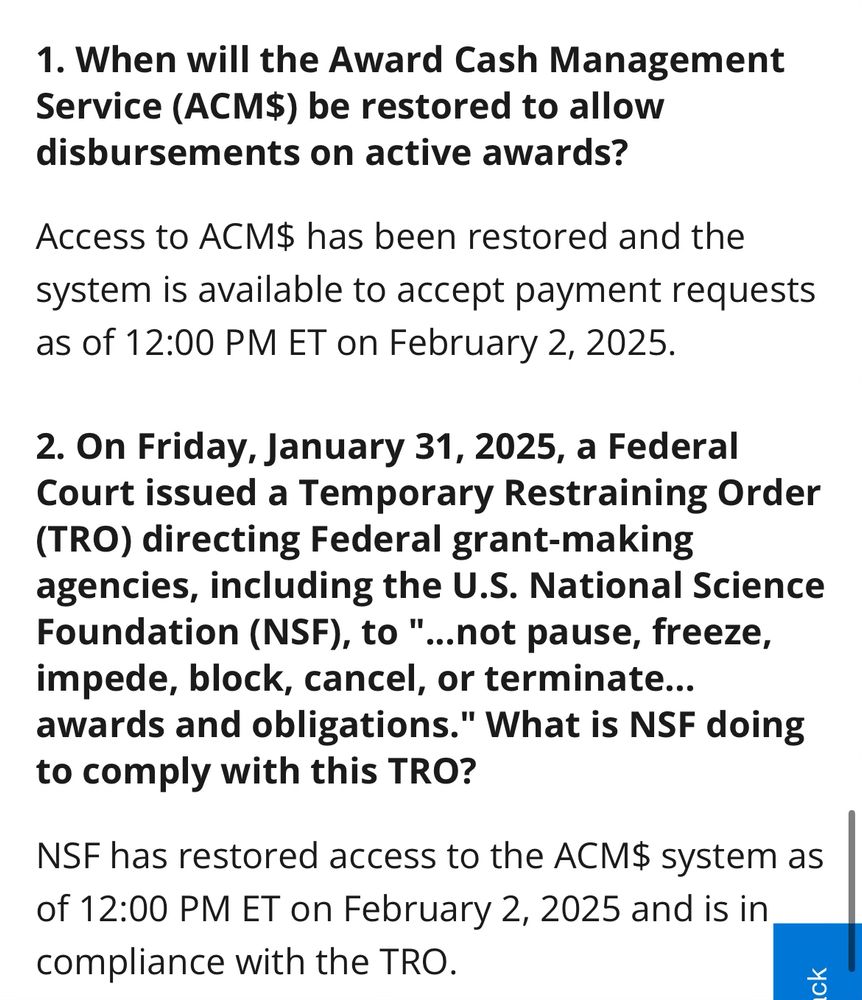
Reposted by Thomas L. Frölicher, Victor Danneyrolles

Reposted by Victor Danneyrolles

For this #FireScarFriday, I'd like to share our new paper titled "Spatiotemporal synchrony of climate and fire occurrence across North American forests (1750–1880)" 🧪🔥
We used 1159 fire scar sites to conduct this study!
We found that ...
Reposted by Victor Danneyrolles
Reposted by Victor Danneyrolles
Reposted by Victor Danneyrolles
8 million tonnes of CO2
~ 2% of french greenhouse gas emissions 🔵⚪🔴
~ 30% of the national sequestration capacity of the forest🌳
That's the carbon emissions from fires in 2022! 🔥
⚠️Predominant effect of soil combustion
🧵👇
Reposted by Victor Danneyrolles

Reposted by Victor Danneyrolles

Reposted by Victor Danneyrolles

www.inrae.fr/actualites/d...
Reposted by Lawren Sack, Victor Danneyrolles
